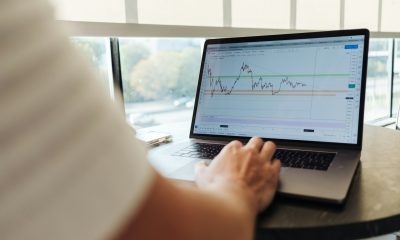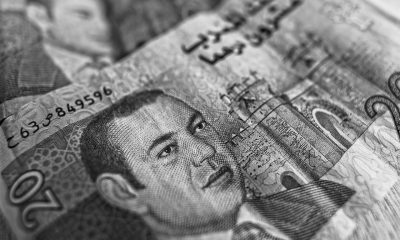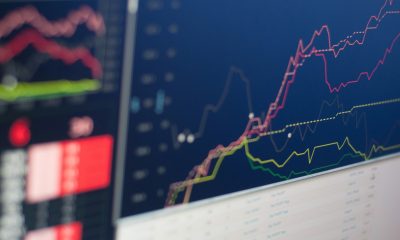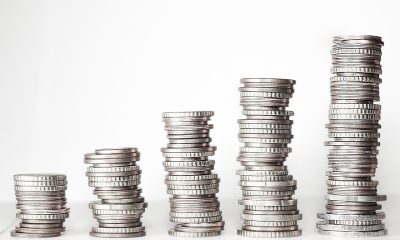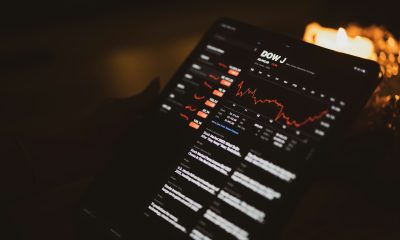Africa
Casablanca Stock Exchange Posts Selective Growth in H1 2025
The Casablanca Stock Exchange grew 6.8% in H1 2025, reaching MAD 163.5B turnover. Growth was led by banking, construction, and healthcare, boosted by major projects and acquisitions. Insurance also performed well, while energy and telecoms lagged. Despite rising investments (+28.8%) and debt (+10%), momentum remains uneven, highlighting strong sectoral contrasts and selective growth dynamics.
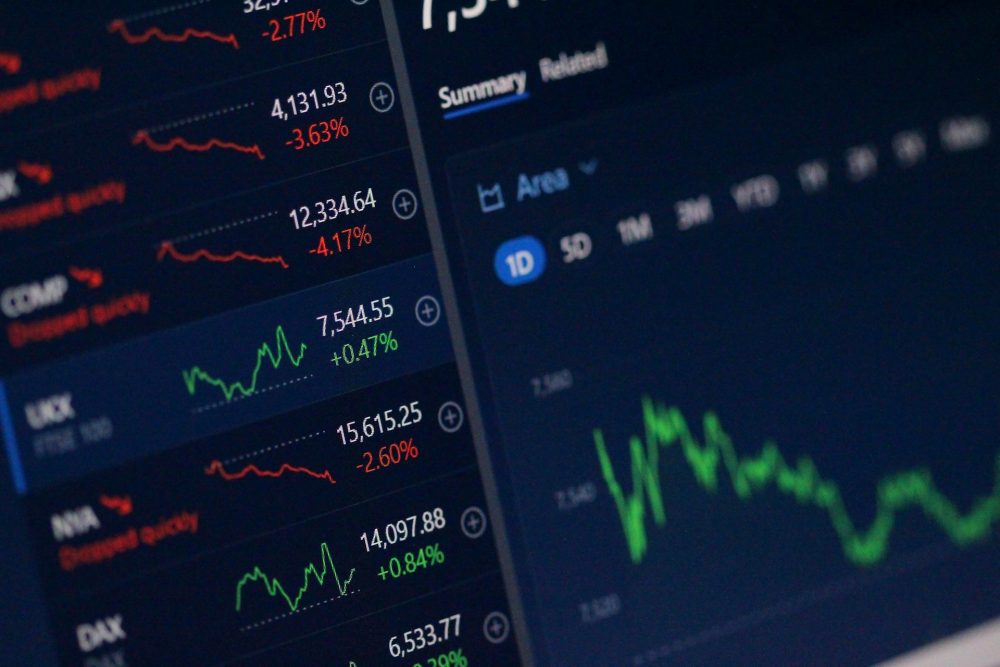
The Casablanca Stock Exchange posted a positive first half, with a 6.8% increase in aggregate turnover, according to BMCE Capital Global Research. While banking, construction, and healthcare are driving the momentum, the underperformance of gas, electricity, and telecoms highlights the persistent weaknesses of certain sectors.
In the first half of 2025, the Casablanca Stock Exchange confirmed a generally positive trajectory, despite marked sectoral disparities. According to an analysis by BMCE Capital Global Research (BKGR), the aggregate turnover of listed companies reached 163.5 billion dirhams (MMDH), up 6.8% compared to the same period in 2024. This performance is based on the strength of banking, construction, and healthcare, but remains penalized by the underperformance of energy and telecoms.
The Casablanca Stock Echange growth was driven by industries and financials
BKGR highlights that industries recorded a 6.3% increase in their revenues, to 99.5 billion dirhams, thanks in particular to the dynamism of the construction sector (+22.8% to 17.1 billion). This development reflects the acceleration of projects linked to the organization of the 2025 CAN and the 2030 World Cup, but also the effect of acquisitions such as that of STAM by TGCC.
The healthcare sector also stood out, with growth of 37.1% to 4.6 billion, driven by Akdital (+67.3%) and Vicenne (+44%). The banking sector also posted solid performance. Overall net banking income (NBI) increased by 7.8% to reach 50.1 billion dirhams.
In detail, Bank of Africa posted a 9.6% increase in its NBI to 10.5 billion, Attijariwafa Bank grew by 4% to 17.7 billion, and BCP by 8.4% to 13.9 billion. Smaller institutions also scored points, such as CFG Bank, whose NBI jumped by 41.5% to 600 million dirhams.
Finally, insurance contributed positively to the growth of teh Casablanca Stock Exchange, with written premiums up 7.4% to MAD 13.9 billion. BKGR particularly noted the performance of AtlantaSanad (+18.3% to MAD 3.7 billion), boosted by its bancassurance partnership with CDM, as well as that of Wafa Assurance, whose premiums increased by 7.7% to MAD 6.6 billion. On the other hand, Sanlam Maroc fell by 3% to MAD 3.4 billion, penalized by the end of its contract with CDM.
A Contrasting Second Quarter on the Casablanca Stock Exchange
In the second quarter alone, the overall turnover of listed companies on teh Casablanca Stock Exchange stood at 81.7 billion dirhams, up 5.8% year-on-year. Industrials grew by 5.9% to 50.8 billion, financials by 4.9% to 25.2 billion, and insurance by 9.6% to 5.7 billion. BKGR notes that the momentum is particularly marked at TGCC, whose integration of STAM boosted revenues, and at Label’Vie, which combines organic growth with the effect of new openings (+15.4% over the quarter).
In healthcare, Akdital continued its expansion (+80.5% in the second quarter), supported by its recent openings. However, the energy sector continued to weigh, with Taqa Morocco down 4.8% over the half-year to 5.4 billion, impacted by a technical overhaul of unit 6 and an unfavorable currency effect. TotalEnergies Marketing Maroc suffered an even more marked decline (-10.9% to 7.5 billion), linked to a negative price effect.
BKGR’s analysis shows that half-year revenue growth was primarily driven by five sectors. Banks contributed 34% of the increase, followed by construction (30%), healthcare (12%), food distribution (9%), and insurance (9%). Conversely, the gas sector recorded the strongest negative performance, with a shortfall of MAD 442 million, mainly due to TotalEnergies Marketing Maroc. Telecoms and Taqa Morocco also figured among the growth brakes, as did Maroc Telecom (-219 million).
Debt and investments on the rise
The report also highlights a worsening balance sheet structure. The net debt of listed companies (excluding financials) is increasing by 10% to reach MAD 72.5 billion at the end of June 2025. Telecoms account for the largest share (24%), followed by mining (20%) and construction (13%).
At the same time, investments are growing strongly. Cumulative CAPEX amounts to 11.1 billion dirhams, up 28.8%. They are mainly driven by telecoms (29% of the envelope, despite a slight decrease in Maroc Telecom, i.e. -1.5%, to 3.18 billion) and mining (27%, with a continued effort by Managem, +7.5% to 2.88 billion).
BKGR’s analysis highlights a robust but mixed first half of 2025. The consumer, construction, and healthcare sectors are showing strong momentum, bolstered by major national construction projects and sustained demand. Banks are confirming their leading role in a context of favorable financial markets.
However, the ongoing difficulties in the gas, electricity, and telecoms sectors highlight the fragility of certain balances. The rise in net debt and investments also reflects an aggressive cycle, but one that must be accompanied by increased profitability to avoid balance sheet strain.
As BKGR concludes, the Casablanca Stock Exchange is going through a phase of selective growth, where the resilience of certain sectors offsets the pressures on others. The second half of the year, marked by continued investment and upcoming sporting events, will be decisive in confirming this trend.
Winners and losers of the semester
The ranking compiled by BKGR illustrates the diversity of trajectories. Among the strongest increases on the Casablanca Stock Exchange are Résidences Dar Saada (+84%), Akdital (+67.3%), Vicenne (+44%), TGCC (+41.7%), CFG Bank (+41.5%), and SNEP (+40.4%). Conversely, several stocks posted clear underperformance: Unimer (-31.4%), Addoha (-23.2%), Med Paper (-13.6%), TotalEnergies Marketing Maroc (-10.9%), and Taqa Morocco (-4.8%).
__
(Featured image by Anne Nygard via Unsplash)
DISCLAIMER: This article was written by a third party contributor and does not reflect the opinion of Born2Invest, its management, staff or its associates. Please review our disclaimer for more information.
This article may include forward-looking statements. These forward-looking statements generally are identified by the words “believe,” “project,” “estimate,” “become,” “plan,” “will,” and similar expressions. These forward-looking statements involve known and unknown risks as well as uncertainties, including those discussed in the following cautionary statements and elsewhere in this article and on this site. Although the Company may believe that its expectations are based on reasonable assumptions, the actual results that the Company may achieve may differ materially from any forward-looking statements, which reflect the opinions of the management of the Company only as of the date hereof. Additionally, please make sure to read these important disclosures.
First published in LES ECO.ma. A third-party contributor translated and adapted the article from the original. In case of discrepancy, the original will prevail.
Although we made reasonable efforts to provide accurate translations, some parts may be incorrect. Born2Invest assumes no responsibility for errors, omissions or ambiguities in the translations provided on this website. Any person or entity relying on translated content does so at their own risk. Born2Invest is not responsible for losses caused by such reliance on the accuracy or reliability of translated information. If you wish to report an error or inaccuracy in the translation, we encourage you to contact us.

-
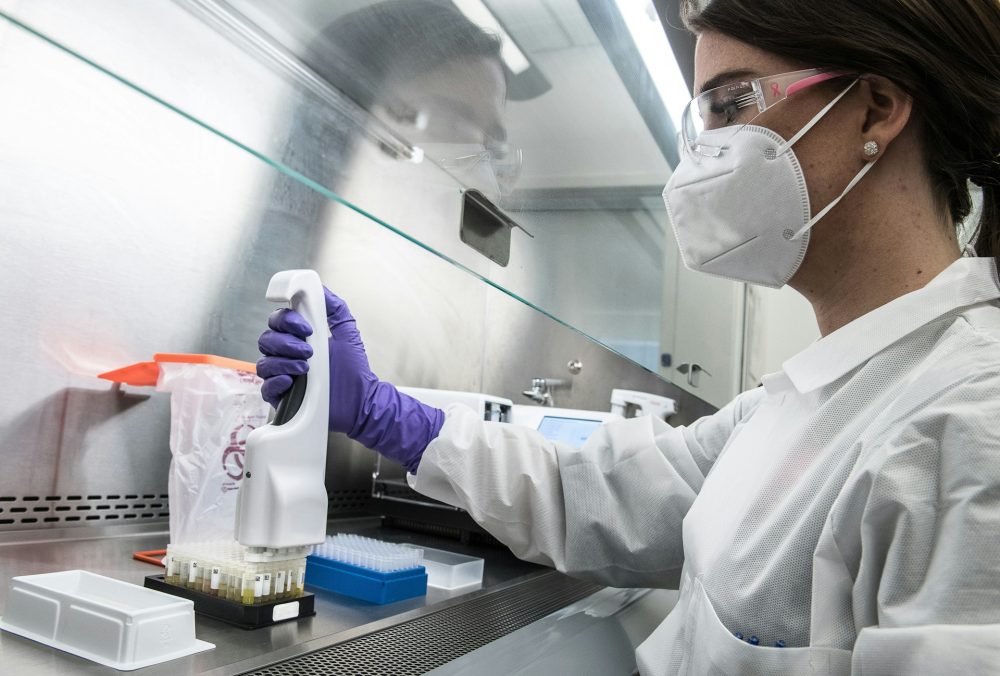
 Biotech2 weeks ago
Biotech2 weeks agoJohnson & Johnson’s Tecvayli Combo Shows Breakthrough Results in Multiple Myeloma
-
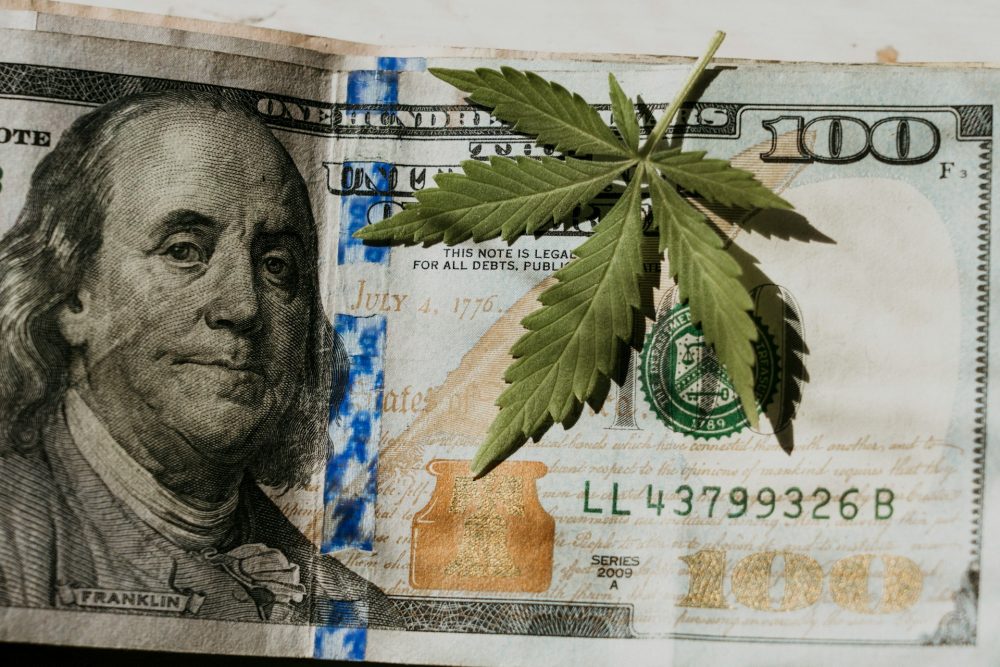
 Cannabis7 days ago
Cannabis7 days agoTrump Signals Historic Shift: U.S. Weighs Reclassifying Cannabis from Schedule I to III
-

 Impact Investing2 weeks ago
Impact Investing2 weeks agoEuropean Sustainability Week 2025: Advancing ESG Amid Uncertainty
-
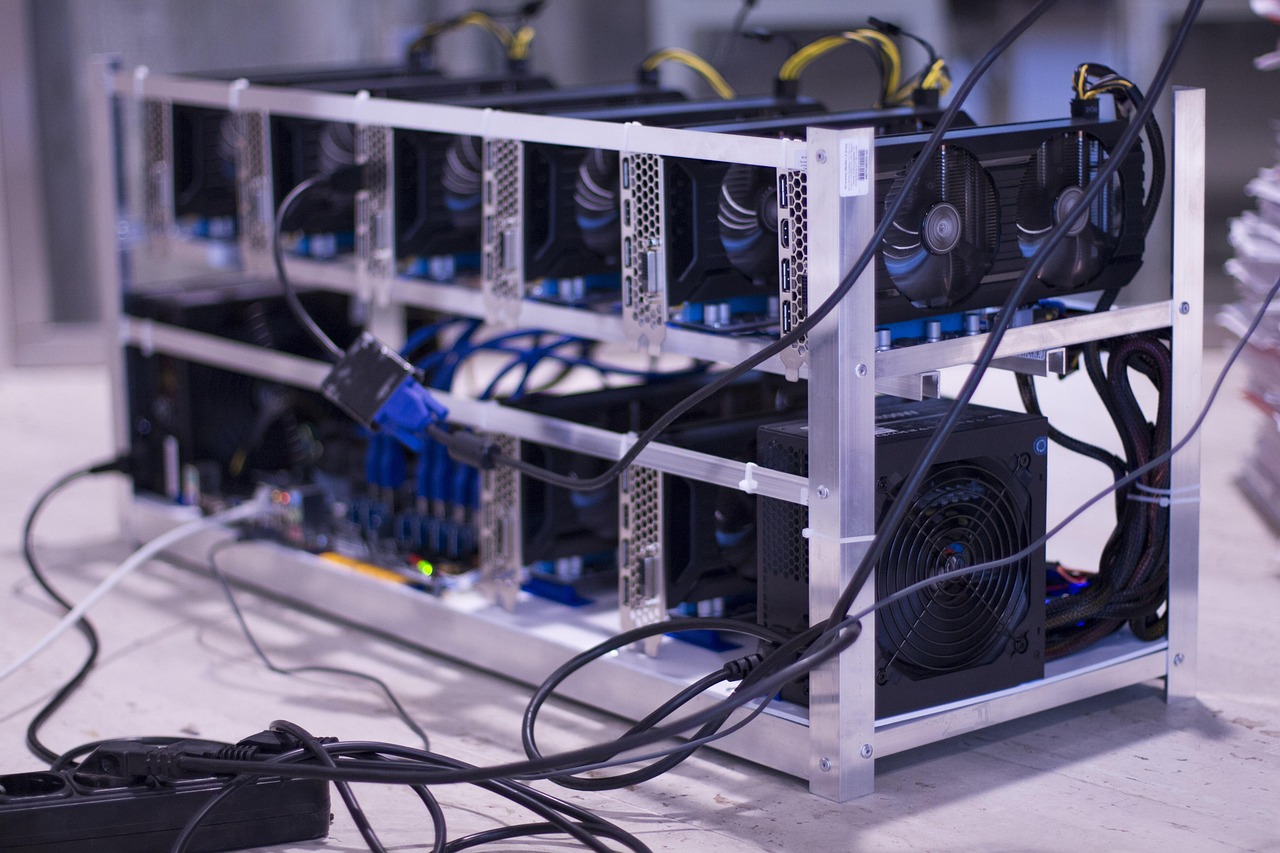
 Crypto4 days ago
Crypto4 days agoHyperliquid Proposes Burning $1B in HYPE to Make Supply Deflationary
